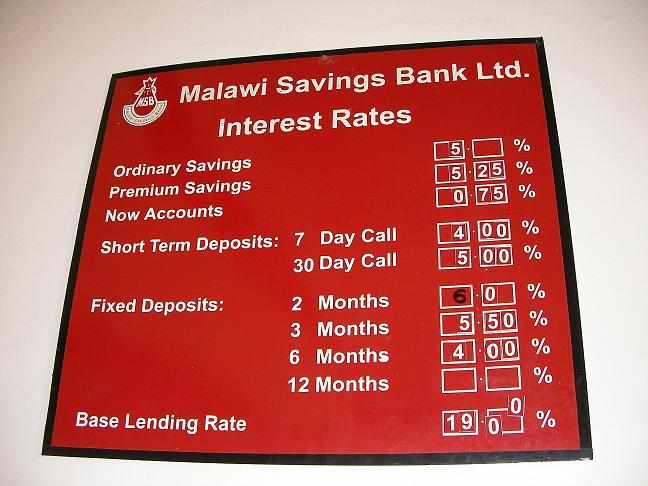
1) Fun Analogies to Understand Interest
① Movie Ticket Pre-booking (Paying to Move Time Forward)
Paying a small booking fee secures your seat today. Loan interest is the price of consuming now and paying later.
② Ripening Peach (Reward for Delaying Consumption)
A peach gets sweeter with time. Deposit or bond interest is the reward for delaying your consumption.
③ Mailbox Rental (Fee for Borrowed Space)
Renting a mailbox costs a monthly fee. Borrowing money costs an interest fee — the rent of money.
2) Simple vs Compound vs Continuous Compounding
Example: $100 principal, 5% interest, 10 years
- Simple Interest: $150.00
- Annual Compounding: $162.89
- Monthly Compounding: $164.70
- Continuous Compounding: $164.87
Same 5% rate, but the compounding frequency changes the outcome.
Rule of 72: At 5% interest, money doubles in about 72 ÷ 5 ≈ 14.4 years (actual ≈ 14.21 years).
3) Nominal vs Real Interest and Inflation — The Fisher Equation
- Nominal Rate (i): The rate you see quoted (e.g., 6%).
- Inflation (π): Rise in prices (e.g., 3%).
- Real Rate (r): Purchasing power–adjusted return.
Formula: (1+i) = (1+r) × (1+π)
Example: i = 6%, π = 3% → r ≈ 2.91%
Higher inflation reduces your true return.
4) APR vs EAR — Why Labeling Matters
- APR (Annual Percentage Rate): Nominal, doesn’t reflect compounding.
- EAR (Effective Annual Rate): True return including compounding.
Example: APR 5% with monthly compounding → EAR ≈ 5.116%
👉 Always compare products on the same basis (EAR).
5) Loans Explained — Fixed Payment Example
Example Loan: $10,000, APR 5%, 36 months, fixed payment (amortized loan).
- Monthly payment ≈ $299.71
- Total interest ≈ $789.52
- Month 1: Interest $41.67, Principal $258.04
- Month 36: Interest only $1.24 (almost all principal)
Early payments are mostly interest; later ones are mostly principal. This is why early repayment saves you money.
6) Present Value and Discounting — “What’s $1,000 in 3 Years Worth Today?”
- $1,000 in 3 years at 5% discount rate ≈ $863.84
- A 3-year annuity of $300/year at 5% ≈ $816.97
👉 The higher the discount rate, the lower the present value of future money.
7) Who Sets Interest Rates?
- Policy Rates: Central banks guide short-term rates, rippling across loans, deposits, and bonds.
- Credit Spreads: Extra yield vs government bonds to compensate for risk.
- Yield Curve: Shape of interest rates across maturities signals expectations about growth and inflation.
8) How Interest Is Used in Finance & Business
- Project Valuation: Discount rate for NPV and IRR.
- Cash Flow Planning: Matching deposits/bonds to spending timelines.
- Risk Pricing: Interest reflects credit and liquidity risk.
- Borrowing Strategy: Fixed vs floating, repayment schedules, early payoff options.
- Portfolio Balance: Provides stability and income vs volatile equities.
9) 5 Common Misconceptions About Interest
- “5% means I always earn 5%.” → Wrong. Depends on compounding, fees, and taxes.
- “Inflation doesn’t matter.” → Real rate is what counts.
- “APR tells the full story.” → Compare EAR, not APR alone.
- “Extending loan term is always better.” → Monthly payment drops, but total interest grows.
- “Low rates mean always refinance.” → Factor in refinancing costs and penalties.
10) Investor & Borrower Checklist
- Goal: Are you advancing consumption (borrowing) or delaying it (saving/investing)?
- Compounding: Annual, monthly, or continuous? Compare EAR.
- Taxes & Fees: Net-of-tax return matters.
- Inflation: Focus on real return.
- Liquidity & Options: Prepayment, call/put features, penalties.
30-Second Summary
- Interest = the rental fee of money over time.
- Compounding changes outcomes dramatically.
- Distinguish between nominal, real, and inflation-adjusted interest.
- Compare loans/investments using EAR, not APR.
- Loans front-load interest — early repayment saves costs.
- Discount rates anchor decision-making in investing and finance.
